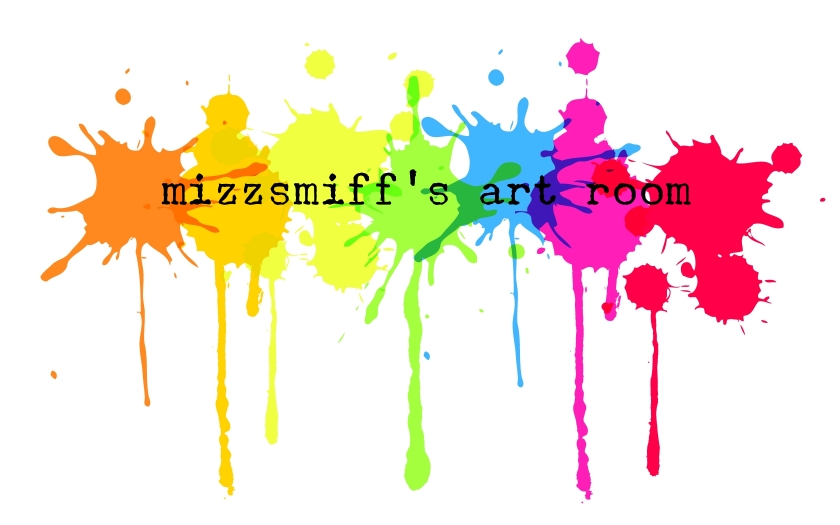Andy Goldsworthy is a British sculptor and photographer known for his environmental art. Andy's work is a type of sculpture known as an 'installation' which just means that it is site specific. He generally uses materials that can be found where he is creating his sculpture, such as twigs and leaves and rocks and flowers and sometimes even icicles. His goal is to work with nature as a whole and to use what is available to him. In addition to only using found materials in his artwork, the only tools that he uses to create his work are his hands, teeth, and found objects, like a sharp stone or branch that are found on site.
Photography is a very important part of his work because his sculptures, being outside in nature, are temporary and prone to the elements. Andy considers the change and decay that comes through the time that his work exists to be a part of the art that he creates.
To learn a little bit more about Andy Goldsworthy, you can visit
here,
here and
here.
Environmental art is also known as Land Art, Earthwork and Ecological art and has been practiced by humans throughout history. Think of
Stonehenge,
The Great Serpent Mound in Ohio,
The Nazca Lines in
Peru and even our own
Town Creek Indian Mound. Unlike the environmental art of today, these earthworks often had religious or ceremonial connotations.
"Environmental Art, also known as ecological art, encompasses several different forms and practices that engage with and represent the environment. It is distinct in its less specific time period and greater scope of art." ~ the Art Story
"Earthwork is art that is made by shaping the land itself or by making forms using natural materials like rocks and tree branches. Earthworks range from subtle temporary interventions in the landscape to significant, sculptural, lasting alterations made with heavy earth moving machinery. Some artists have also brought the land into galleries and museums, creating installations out of dirt, sand and other materials taken from nature. Earthworks were a part of the wilder conceptual art movement in the 1960s and 1970s." ~ Museum of Modern Art
Read about Creating Art from Nature
here.
Today's challenge is to create your own environmental art inspired by Andy Goldsworthy.
- Spend some time outside while being safe, social distancing and exploring the nature around you (your yard, neighborhood, park-but only if it is open and you have permission from an adult)
- Gather any natural materials that are already on the ground instead of picking any plants or flowers. Items that you can look for are leaves, branches, sticks, twigs, rocks, stones, pebbles, ice, nuts, seeds, flowers, dirt, and even mud.
- Once you have gathered your materials, choose a place outside where you would like to create your artwork.
- Play around with your natural objects and experiment with patterns until you like what you come up with. Think about radial symmetry, stacking stones or twigs, creating patterns with pebbles or using leaves to create a natural mosaic.
- Take photographs along the way to document your process.
- Remember that your artwork is temporary!
- Don't forget to upload the photos of your work to Google Classroom.
Here are some images of environmental art found in Google Images to give you some inspiration. Some are by professional artists, some are by students, some are done by unknown artists.
Here are some other environmental artists that you can read about:
Patrick Dougherty (NC connection: Patrick grew up in NC. His
latest artwork was created on the campus of Davidson College. I might take a ride up there this weekend to see if it is still there!)
Simon Beck Fun fact: Simon makes his art by walking on snow!
































